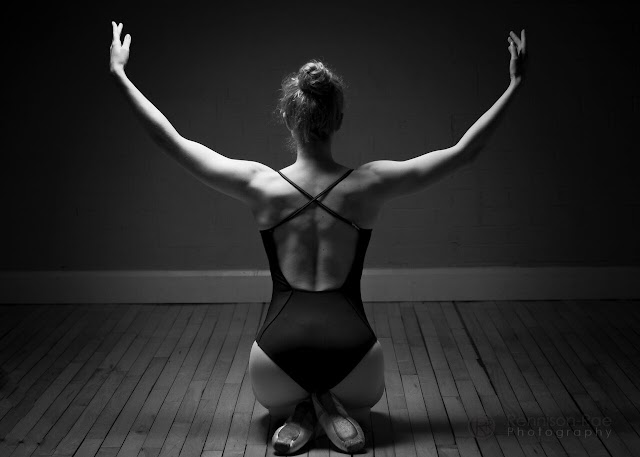‘The secret to living well and longer is: eat half, walk
double, laugh triple, and love without measure.’ – Tibetan proverb
‘I took a walk in the woods and came out taller than the
trees’ – Henry David Thoreau
After a busy few days celebrating Christmas with family,
indulging in some rich food (despite not over-doing it) and long days playing board
games, yesterday I just felt exhausted. Despite it being Christmas I have not
over-indulged and have been active by taking several walks with the family.
Country walks have long been a weekly and Christmas
tradition within our household, and despite not always enjoying these long cold
walks when younger, I have since become very fond of a good stroll.
Yesterday, feeling lethargic after a festive weekend, I
physically didn’t feel prepared for anything let alone a long walk but, since
it was a beautiful day and I want to make the most of my holidays, I got over
it, slipped on my boots and headed out into the beautiful crisp day. We took a
rough 6 mile walk, exploring the beautiful Essex countryside near our village. The
fresh air immediately woke me up and moving energised my body for more.
When was the last time you went for a purposeful walk? Not to catch your train or bus, walk to the
local shop, or browse the shops but to simply walk and enjoy nature. Walking is
a joyous activity which gives you energy and can promote happiness. When our
lives are becoming increasingly hectic, it’s important to take time away from
social media, noise and the rush of daily life.
I personally love walks with my boyfriend because it’s a
time when we have no distractions and can simply chat away. It opens my senses
so that I become more aware of my surroundings, boosting my mood. I like to
take walks in the evenings after dinner and at weekends. Sometimes I will take
a walk at lunch to feel refreshed for an afternoon of work. I urge you to try
it!
This holiday my friend and I decided to go for a long walk.
Instead of sitting inside, splashing our cash on coffee and food, we enjoyed nature’s
free beauty. Try it! Make walking a social event! Invite friends or family to
join you, or just throw some smiles and ‘hellos’ around when passing people.
Even in the city you can find park land to walk, such as
Jesmond Dene in Newcastle and Hyde Park in London. I was very lucky growing up
in the countryside and how live by the sea, but you can always find pretty
places to walk if you look. This Christmas my Grandad introduced me to a little
gem of a walk along the Thames near the Thames Barrier.
There are a several benefits to walking. Studies suggest
that walking improves our cognitive function, enhancing our working memory, the
ability to learn, creative thinking and problem solving which is perfect for
that lunchtime walk. However, in order to get these benefits, we must be
walking at our own pace rather than rushing around.
Plus walking is a simple and free way to improve your health.
Regular walking has been shown to reduce the risk of illnesses such as heart
disease, type 2 diabetes, asthma and strokes. It is recommended by the NHS that
you walk 10,000 steps a day. With the average person already walking between
3,000 and 4,000 steps a day so it’s not hard to boost this number with a
purposeful stroll.
Here are my tips to get the most out of walking:
1.
Take a friend or family member with you.
2.
Depending on the weather, wrap up warm and apply
sunscreen.
3.
Take a short walk on your lunch break.
4.
Avoid using the car for trips you can easily use
your legs for.
5.
Make it regular. Get yourself into a regular
pattern of going for a walk, either in the mornings, at lunch or the evening.
-E















































